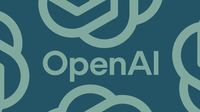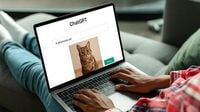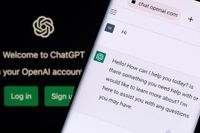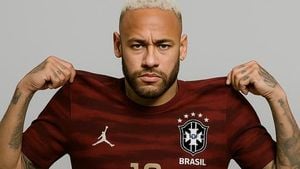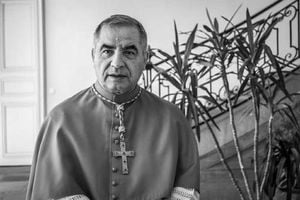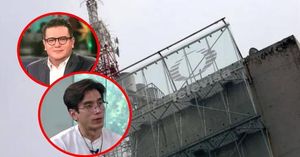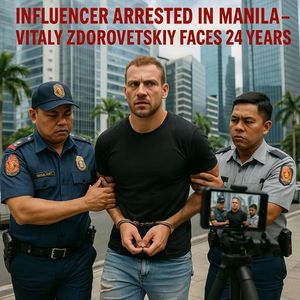OpenAI has taken a significant leap in the evolution of its popular ChatGPT by introducing a new feature that allows the digital assistant to create images. This advancement comes with the launch of the GPT-4o model, which not only enhances the text capabilities of ChatGPT but also enables it to generate visuals naturally and intuitively.
During a live demonstration, OpenAI CEO Sam Altman and his team showcased how GPT-4o can effortlessly create pictures without the need for separate commands or artistic rituals. Previously, users had to summon the capabilities of DALL-E for visual content, but with this new model, ChatGPT can now produce everything from diagrams to infographics, logos, and social media posts.
The introduction of GPT-4o has been met with excitement, as it marks a shift towards making ChatGPT not just a conversational partner but also a practical tool for digital creators. The model is designed to be more intuitive and is particularly adept at displaying text on images, which is crucial for those looking to create visually appealing content.
One of the standout moments from the demonstration included a whimsical drawing of two witches studying parking instructions for brooms and flying carpets. This playful example illustrates the creative potential of the new feature, showcasing how AI can blend humor and artistry seamlessly.
However, the rollout of this image generation feature has not been without its challenges. OpenAI announced that it would be delaying access for free ChatGPT users due to unexpectedly high demand. In a post made on March 26, 2025, Altman acknowledged that the popularity of the feature had surpassed expectations, prompting a temporary hold on the wider rollout.
As of now, the image generation capability remains exclusive to paid tiers of ChatGPT, including Plus, Pro, and Team. While free users are left waiting, the feature has quickly gained traction among those who can access it, with social media flooded by user-generated visuals. Many of these creations have drawn inspiration from the whimsical style of Studio Ghibli, further highlighting the artistic possibilities that GPT-4o offers.
Altman has expressed an interesting stance on the creative freedom that the model provides. He stated, “The model should not be offensive if you don’t want it to be - but if you want it to be (and within the bounds of normality), it will accommodate you.” This implies that while the AI can produce content that may be considered edgy or controversial, it is still bound by guidelines that prevent the creation of harmful or inappropriate material.
OpenAI's content guidelines remain strict, prohibiting the generation of child pornography, deepfake pornography, and similar content, regardless of user requests. All images produced by the model will carry C2PA metadata, which serves as an invisible watermark to identify the origin and creation process of the images. This feature aims to ensure transparency and accountability in AI-generated content.
The new image generation feature became available on March 27, 2025, for all ChatGPT Plus, Pro, Team, and even Free users, marking a momentous occasion for those interested in leveraging AI for creative projects. OpenAI is also expected to extend access to Enterprise and Edu users in the near future.
As the demand for digital content creation continues to rise, OpenAI is betting that users will embrace the opportunity to become little digital Da Vincis, with ChatGPT serving as their brush. In this new era of AI-generated art, the possibilities seem endless, and as Altman humorously noted, if ChatGPT ever decides to draw a broom with a parking ticket, it will truly signify a turning point in the world of digital creativity.
In summary, OpenAI's latest advancements with GPT-4o not only enhance the capabilities of ChatGPT but also represent a significant shift in how users can interact with AI for creative purposes. As the rollout continues and more users gain access, the landscape of digital content creation is poised for transformation.
